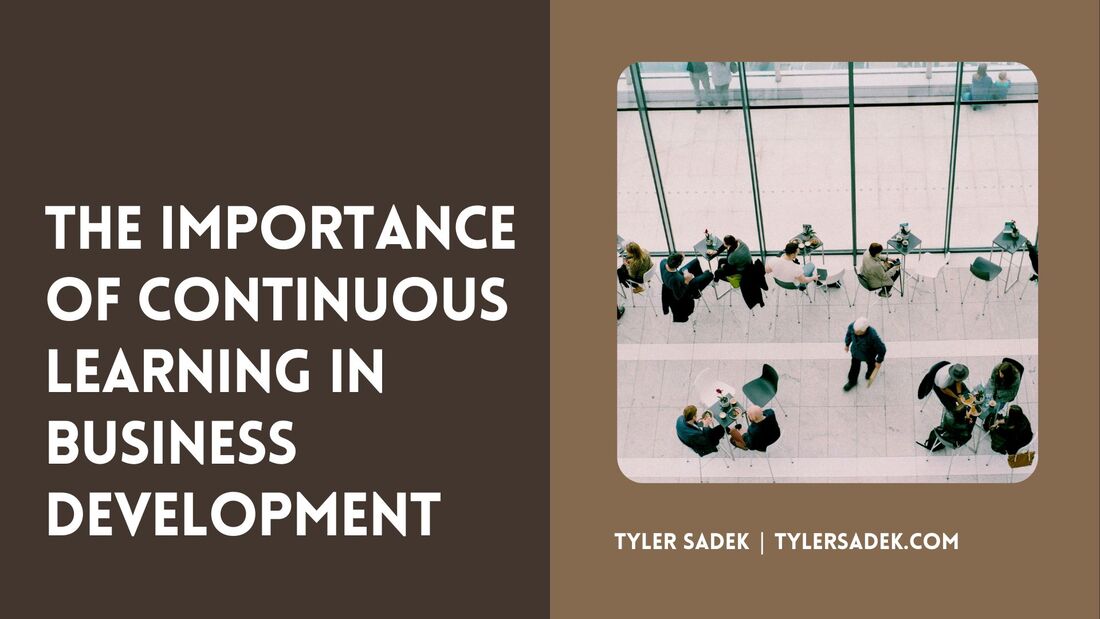|
Water is essential for human health, but it can also contain harmful contaminants that can severely affect our health. Contaminants can enter our water supply from various sources, including agricultural runoff, industrial pollution, and improper disposal of household chemicals. In this blog post, we’ll explore some of the most common water contaminants and their effects on health.
Lead The toxic metal known as lead can enter our water supply through old pipes or plumbing fixtures. Lead exposure can cause various health problems, including developmental delays, learning difficulties, and decreased IQ in children. Lead exposure can cause high blood pressure, kidney damage, and adult reproductive problems. Arsenic Arsenic is a naturally occurring element that can enter our water supply from geological deposits or agricultural runoff. Arsenic exposure can cause various health problems, including skin lesions, cancer, and cardiovascular disease. Chlorine Chlorine is a chemical that is commonly used to disinfect water. While it helps to kill harmful bacteria and viruses, it can also react with naturally occurring organic matter in water to form toxic byproducts known as trihalomethanes (THMs). Exposure to THMs through our drinking water has been linked to an increased risk of bladder cancer, reproductive problems, and developmental delays in children. Fluoride Fluoride is a mineral added to many public water supplies to help prevent tooth decay. While it effectively reduces tooth decay, excessive fluoride exposure can cause a condition known as fluorosis, leading to discolored or mottled teeth. In rare cases, high levels of fluoride exposure can also lead to skeletal fluorosis, a painful condition that affects the bones and joints.' Nitrate Nitrate is a chemical commonly found in fertilizers and can enter our water supply through agricultural runoff or improperly maintained septic systems. Exposure to high nitrate levels can be particularly harmful to infants, as it can lead to a condition known as “blue baby syndrome,” which can cause shortness of breath, blue skin, and even death. Pesticides Pesticides are chemicals used to control pests and weeds in agricultural settings. They can enter our water supply through agrarian runoff or improperly disposed containers. Pesticide exposure has been linked to various health problems, including cancer, reproductive problems, and developmental delays in children. Pharmaceuticals Pharmaceuticals are drugs that are used to treat or prevent medical conditions. When prescribed by a doctor, these drugs are safe for medical needs or diagnosis. However, they are very harmful when they contaminate our drinking water. They can enter our water supply through improper disposal or be excreted by humans or animals. While the long-term health effects of exposure to pharmaceuticals in drinking water are not yet fully understood, studies have shown that exposure to certain drugs, such as hormones and antibiotics, can adversely affect aquatic life. Water contaminants can have severe effects on our health. While public water supplies are treated to remove harmful contaminants, it is essential to be aware of the potential risks and protect yourself and your family. These steps include using a water filtration system, properly disposing of household chemicals, and avoiding pesticides and other harmful chemicals. By taking these steps, we can help ensure that our drinking water is safe and healthy.
0 Comments
Building effective community partnerships is essential for achieving success in community development initiatives. Community partnerships involve collaborating with local organizations, businesses, and community members to achieve common goals and address community issues. Let’s explore strategies for building effective community partnerships to help you achieve your community development goals!
IDENTIFY COMMON GOALS The first step in building effective community partnerships is to identify common goals. Identify the key issues and challenges in your community and determine what goals you want to achieve. Then, identify local organizations, businesses, and community members who share your goals and are interested in collaborating with you. By identifying common goals, you can establish a shared vision for your partnership and work together towards achieving your objectives. ESTABLISH CLEAR COMMUNICATION CHANNELS Clear communication is crucial for building effective community partnerships. Establish clear communication channels between all partners involved in the partnership, including community members, businesses, and organizations. These channels include regular meetings, email updates, and other forms of communication. Clear communication channels ensure all partners are on the same page and can work together effectively. CREATE A SHARED VISION Creating a shared vision is essential for building effective community partnerships. This involves establishing a common understanding of the partnership’s goals, objectives, and values. A shared vision helps to align all partners involved in the collaboration and ensures that everyone is working towards the same goals. BUILD TRUST AND RESPECT Building trust and respect is essential for building effective community partnerships. This involves being transparent, honest, and reliable in your partner interactions. It also consists of respecting each partner’s knowledge, expertise, and contributions. By building trust and respect, you can establish a strong foundation for your partnership and ensure all partners are committed to working together to achieve your shared goals. DEFINE ROLES AND RESPONSIBILITIES A critical step to effective community partnerships is Defining roles and responsibilities. This involves determining the specific tasks and responsibilities of each partner involved in the partnership. Clearly defining roles and responsibilities ensures all partners know their contributions to the partnership and can work together effectively. LEVERAGE EXISTING RESOURCES Leveraging existing resources is essential for building effective community partnerships. This involves identifying the resources, skills, and expertise each partner can bring to the collaboration. By leveraging existing resources, you can maximize the impact of your partnership and achieve your goals more effectively. BE FLEXIBLE Flexibility is perhaps one of the most crucial factors when making a partnership work. Being flexible is essential for building effective community partnerships. This involves being open to new ideas, approaches, and feedback from your partners. It also involves being willing to adapt and change your strategies to achieve your goals. By being flexible, you can ensure that your partnership is responsive to the needs and challenges of your community. CELEBRATE SUCCESSES Celebrating successes involves recognizing the contributions and achievements of all partners involved. Highlighting achievements is essential when creating effective community partnerships. Celebrating successes helps to build morale, maintain momentum, and inspire continued commitment to your shared goals. Building effective community partnerships is essential for achieving success in community development initiatives. By identifying common goals, establishing clear communication channels, creating a shared vision, building trust and respect, defining roles and responsibilities, leveraging existing resources, being flexible, and celebrating successes, you can establish strong partnerships to help you achieve your community development goals. So, start building effective community partnerships today and work with your partners towards a better future for your community. In today’s fast-paced and ever-changing business world, continuous learning is essential for success in business development. Business development is identifying and pursuing new business opportunities to help a company grow and achieve its goals.
Continuous learning refers to the ongoing process of acquiring new knowledge and skills that can be applied to business development efforts. Constant learning is critical in business development, but it can take time to know where to start. Below are some tips for incorporating it into your professional development plan. Staying Ahead of the Competition Continuous learning will ensure staying ahead of the competition in business development. The business world constantly evolves, and new technologies, strategies, and approaches are continually emerging. By continuously learning and staying up-to-date with the latest trends and developments in your industry, you can position yourself and your company as leaders in your field. Additionally, you can identify new business opportunities that others may overlook. Improving Your Skills and Knowledge Improving your skills and knowledge in business development is essential for continued success. As you acquire new knowledge and skills, you can apply them to your work and become more effective in your role. This can lead to increased productivity, better decision-making, and improved results. Additionally, continuous learning can help you develop new perspectives and approaches to business development that can lead to overcoming challenges and achieving your goals. Adapting to Change It is crucial to adapt to change in the business world. As technology, markets, and customer needs evolve, businesses must be quick to adapt and stay competitive. By continuously learning and staying up-to-date with your industry’s latest trends and developments, you can position yourself and your company to adapt to change more effectively. Developing a growth mindset allows you to approach change as an opportunity for learning and development rather than a threat. Building a Strong Network Continuous learning is also essential for building a robust professional network in business development. You can meet other professionals in your field and build relationships by attending conferences, workshops, and other professional development events. These relationships can be valuable for sharing knowledge and resources, collaborating on projects, and identifying new business opportunities. Increasing Your Value to Your Company Continuous learning can also increase your value to your company in business development. You can become a more valuable asset to your company by continuously learning and improving your skills and knowledge. You can take on new responsibilities and roles, lead new initiatives, and contribute to the growth and success of your company. Tips for Incorporating Continuous Learning into Your Professional Development Plan
Continuous learning is essential for success in business development. By staying up-to-date with the latest trends and developments in your industry, improving your skills and knowledge, adapting to change, building a solid network, and increasing your value to your company, you can achieve your professional goals and contribute to the growth and success of your company. So, make continuous learning a priority in your professional development plan and embrace the opportunities for growth and development that it can provide. |
Details
AuthorTyler Sadek is a seasoned private equity investment professional in Indianapolis, Indiana who is well-known for his skilled management of ventures from start-up to closing and beyond. ArchivesCategories |




 RSS Feed
RSS Feed
